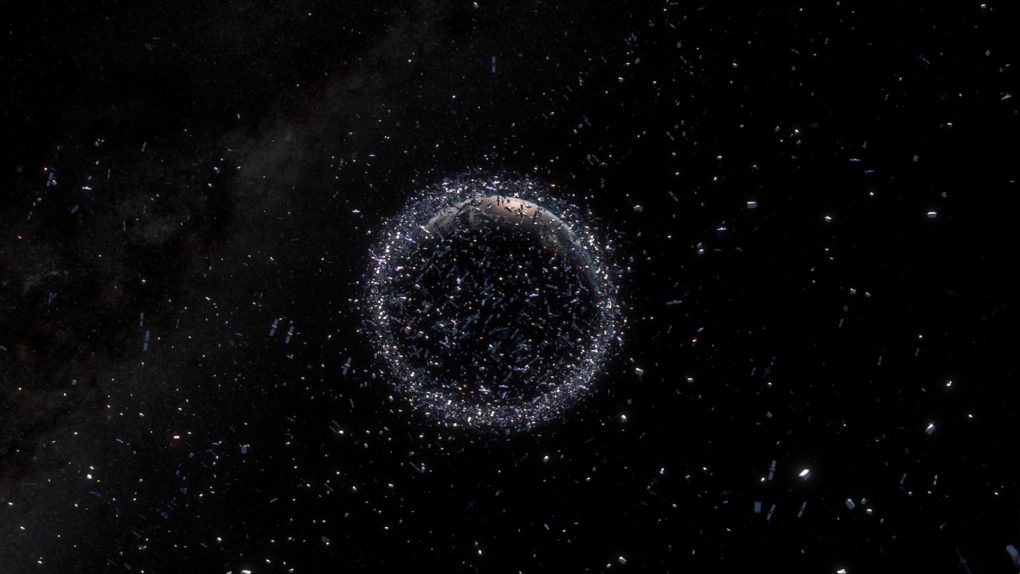Products You May Like
NEW ORLEANS — The federal government issued updated guidelines Dec. 9 to mitigate the creation of orbital debris, but many in the space safety community were disappointed with the limited scope of the changes.
The revised Orbital Debris Mitigation Standard Practices (ODMSP), announced in conjunction with an orbital debris conference near Houston, are the first update of the guidelines since their publication in 2001, and reflect a better understanding of satellite operations and other technical issues that contribute to the growing population of orbital debris.
“While the original ODMSP adequately protected the space environment at the time, the [U.S. government] recognizes that it is in the interest of all nations to minimize new debris and mitigate effects of existing debris,” the preamble accompanying the eight-page document states. “This fact, along with increasing numbers of space missions, highlights the need to update the ODMSP and to establish standards that can inform development of international practices.”
The new document retains four objectives from the original version regarding control of debris in normal operations, minimizing debris from accidental explosions, use of safe flight profiles and operational configurations, and post-mission disposal of space structures. The new version adds a fifth objective to cover additional issues, such as operation of cubesats and large constellations as well as satellite servicing.
For the original four objectives, the changes in the new document include new quantitative limits on events that produce debris. For example, the objective regarding accidental explosions sets a limit of no more than a 1-in-1,000 chance of a debris-creating explosion from “all credible failure modes” for a spacecraft or upper stage.
For large constellations, which the document defines as those with 100 or more satellites, the guidelines call for each satellite to have at least a 90% chance of successful disposal at the end of the mission, with a goal of 99% or better. However, that is the same probability as for individual satellites that are not part of a constellation.
The update fell short of the more sweeping changes that many in the field had hoped to come out of the review. “‘Underwhelming’ is the first word that comes to mind,” said Brian Weeden, director of program planning at the Secure World Foundation, of the updated guidelines in an interview.
Weeden said adding the quantitative limits on events that create debris was a positive step. However, he said many in the space safety community had expected broader changes, particularly given the extensive intergovernmental review of the guidelines that started last year after the publication of Space Policy Directive 3.
The guidelines also did not address one of the biggest issues regarding debris mitigation: whether to reduce the 25-year timeframe for deorbiting satellites after the end of their mission. Many in the space community believe that timeframe should be less than 25 years, although there is not consensus on what that timeframe should be.
“That rule probably doesn’t make sense any more,” said Ron Lopez, president and managing director of Astroscale U.S., during a panel discussion at SpaceCom Expo in Houston in November. “It made sense when it was made 20 years ago. So let’s bring it down to 10 years, or five years.”
That desire is driven by the concern that large satellite constellations to be deployed over the next several years will exacerbate the orbital debris problem, particularly if steps aren’t taken regarding reducing post-mission disposal lifetimes or increasing reliability of deorbiting systems.
“We’ve got a narrow window to try new ideas,” said Dean Teffer, vice president of technology at Slingshot Aerospace, a startup working on space situational awareness issues, at SpaceCom Expo, “before it becomes a bigger problem.”
